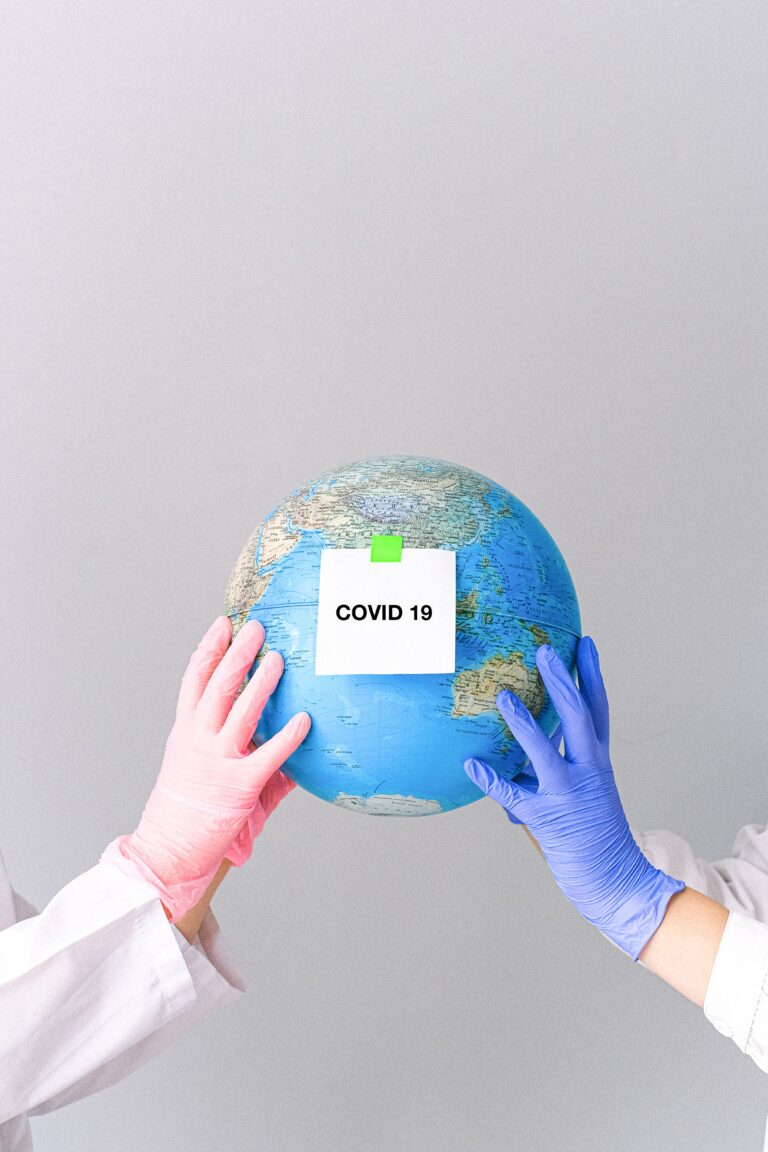
What’s a Pot Trust?
A pot trust can give you added flexibility as to the way in which the trust assets are used, if you plan to leave your entire estate to your children, says Wealth Advisor’s recent article entitled “How Does a Pot Trust Work?” It’s also called a discretionary, sprinkling or common pot trust and is a type of trust that can be used by families to pass on assets. Minor children serve as beneficiaries with a trustee overseeing the management of trust assets. The trustee has discretionary power to decide how the trust funds are used to pay for the care and needs of beneficiaries.
Flexibility is key in family pot trusts, since the assets are distributed based on the children’s needs, rather than setting specific distribution rules as to who gets what. You might consider this type of trust over other types of trusts if: (i) you have two or more children; and (ii) at least one of those children is a minor. As long as the trust is in place, the trustee determines how trust assets may be used to provide for the beneficiaries’ well-being. This trust is designed to address the financial needs of individual children as they arise, and there’s no requirement for trust assets to be divided equally among them.
Pot trusts can offer an advantage to parents who want to make certain the needs of their children will be met in the event something happens to them. If both parents were to die, a pot trust could provide money to cover basic living expenses, as well as other costs that might arise. You can decide when the trust should end, based on the ages of your children, if ever. Children can also still get distributions from the trust once it terminates, if all trust assets haven’t been used.
However, pot trusts don’t ensure an equal distribution of assets among multiple children. A family pot trust can also put an increased burden on the trustee because the trustee must in effect assume a parental role when it comes to financial decision-making. There’s no predetermined set of instructions left behind by the trust grantor.
However, if you’re worried about issues of fairness or older children having to wait to receive trust assets, ask an experienced estate planning attorney about creating individual trusts instead, so that you can designate specific assets to be added to each trust and provide instructions to the trustee on how those assets should be managed. An individual trust gives you more control over what happens with the trust assets. You can also say what portion of your estate each child should receive.
Reference: Wealth Advisor (Aug. 31, 2021) “How Does a Pot Trust Work?”









